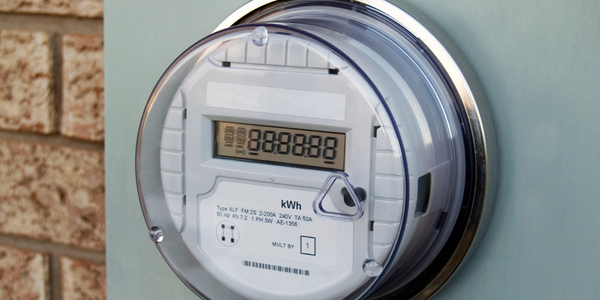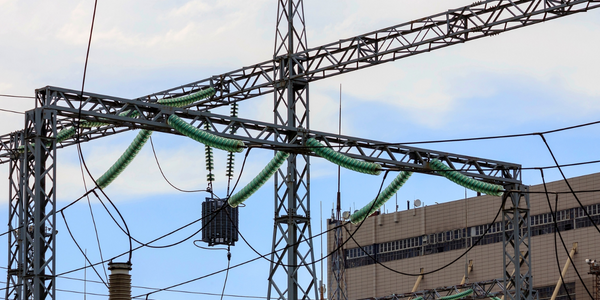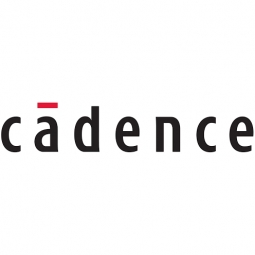Technology Category
- Automation & Control - Human Machine Interface (HMI)
- Networks & Connectivity - RF Transceivers
Applicable Industries
- Electrical Grids
- Telecommunications
Applicable Functions
- Product Research & Development
- Quality Assurance
Use Cases
- Leasing Finance Automation
- Time Sensitive Networking
Services
- System Integration
- Testing & Certification
About The Customer
Newport Media is a fabless semiconductor company based in Southern California. Founded in 2005, the company aims to deliver highly integrated receiver solutions for emerging digital audio and mobile TV applications. The company's development team focuses on developing broadcast multimedia architectures and integrated circuit (IC) implementations with unprecedented performance, power consumption, size, and cost-efficiency. Newport Media's premier product line, the Sundance Series, is a multi-standard platform developed to support a wide variety of emerging mobile television standards, including DVB-H, DMB, ISDB-T, and FLO. The single-chip radio-frequency (RF) tuner delivers an advanced user feature set and best-in-class RF noise figure and demodulator Doppler performance.
The Challenge
Newport Media, a fabless semiconductor company, was faced with the challenge of delivering highly integrated receiver solutions with unprecedented performance, power consumption, size, and cost-efficiency. The company's development team was tasked with developing the verification environment for a new version of the design featuring an external bus interface. The block under verification featured 40K logic gates, including an AHB master/slave interface, an external microprocessor interface, and a direct memory access (DMA) engine. The team needed to expose hard-to-find bugs early in the design cycle of AHB master/slave to verify protocol compliance and write more extensive tests to uncover and explore corner cases.
The Solution
To address these challenges, Newport Media opted to employ the Cadence Incisive Formal Verifier solution and Cadence Incisive Assertion-Based Verification IP (VIP). The team took advantage of the Cadence AHB Assertion-Based VIP offering, a plug-and-play verification environment that simplifies verification for the ARM AMBA AHB protocol. Incisive VIP provides static analysis and protocol compliance checking, which offered a significant shortcut for the team. Newport Media also employed Incisive Formal Verifier, which enabled engineers to begin module verification at the same time they’re being designed, reducing re-spins and lowering risk. The tool accurately pinpointed design bugs in about an hour, detecting functional bugs months before testbench development and simulation could begin.
Operational Impact
Quantitative Benefit

Case Study missing?
Start adding your own!
Register with your work email and create a new case study profile for your business.
Related Case Studies.

Case Study
Hydro One Leads the Way In Smart Meter Development
In 2010, Ontario’s energy board mandated that time-of-use (TOU) pricing for consumers be available for all consumers on a regulated price plan. To meet this requirement, Hydro One needed to quickly deploy a smart meter and intelligent communications network solution to meet the provincial government’s requirement at a low cost. The network needed to cover Hydro One’s expansive service territory, which has a land mass twice the size of Texas, and its customers live in a mix of urban, rural, and remote areas, some places only accessible by air, rail, boat or snowmobile. Most importantly, the network needed to enable future enterprise-wide business efficiencies, modernization of distribution infrastructure and enhanced customer service. To meet these needs, Hydro One conceptualized an end-to-end solution leveraging open standards and Internet Protocols (IP) at all communication levels. The utility drew upon industry leaders like Trilliant to realize this vision.

Case Study
Selling more with Whirlpool
Whirlpool wanted to add connectivity to appliances and transform the company's relationship with customers. Traditionally, Whirlpool interaction with customers was limited to purchases made once every ten years. Connected washer and dryers provide exciting new features like remote management of start times and inter-machine communication.

Case Study
SAS® Analytics for IoT: Smart Grid
Companies face falling revenues, rising infrastructure costs, and increasing risk of outages caused by inconsistent energy production from renewable sources. Less money is coming in as more people and organizations take steps to curb their energy use. Utilities are paying more to maintain and build infrastructure due to increasing complexity, resulting from the rising number of intermittent and variable renewable energy sources connected in the distribution grid.

Case Study
Enel Secures Italian Power Generation Network
Electric energy operators around the world are working to increase the reliability and cyber resiliency of their systems. This includes Enel, a global power company that manages and monitors the Italian power grid. This grid:• Serves 31 million customers• Has a net installed energy capacity exceeding 31 gigawatts• Includes more than 500 power generation plants,including hydroelectric, thermoelectric, and wind• Is managed and monitored by Enel 24/7/365• Is operated by Terna, the Italian Transmission System Operator (TSO)Enel is responsible for the availability of the grid’s underlying ICS and industrial network. It also manages Regional Control Centers and Interconnection Centers which connect with the TSO. The TSO manages the flow of energy to the grid plus controls and remotely regulates the power generation of power plants, increasing and decreasing power production as required. The complex system of interaction and cooperation between Enel and the TSO has strong security implications as well as operational and business challenges.

Case Study
Vodafone Hosted On AWS
Vodafone found that traffic for the applications peak during the four-month period when the international cricket season is at its height in Australia. During the 2011/2012 cricket season, 700,000 consumers downloaded the Cricket Live Australia application. Vodafone needed to be able to meet customer demand, but didn’t want to invest in additional resources that would be underutilized during cricket’s off-season.








